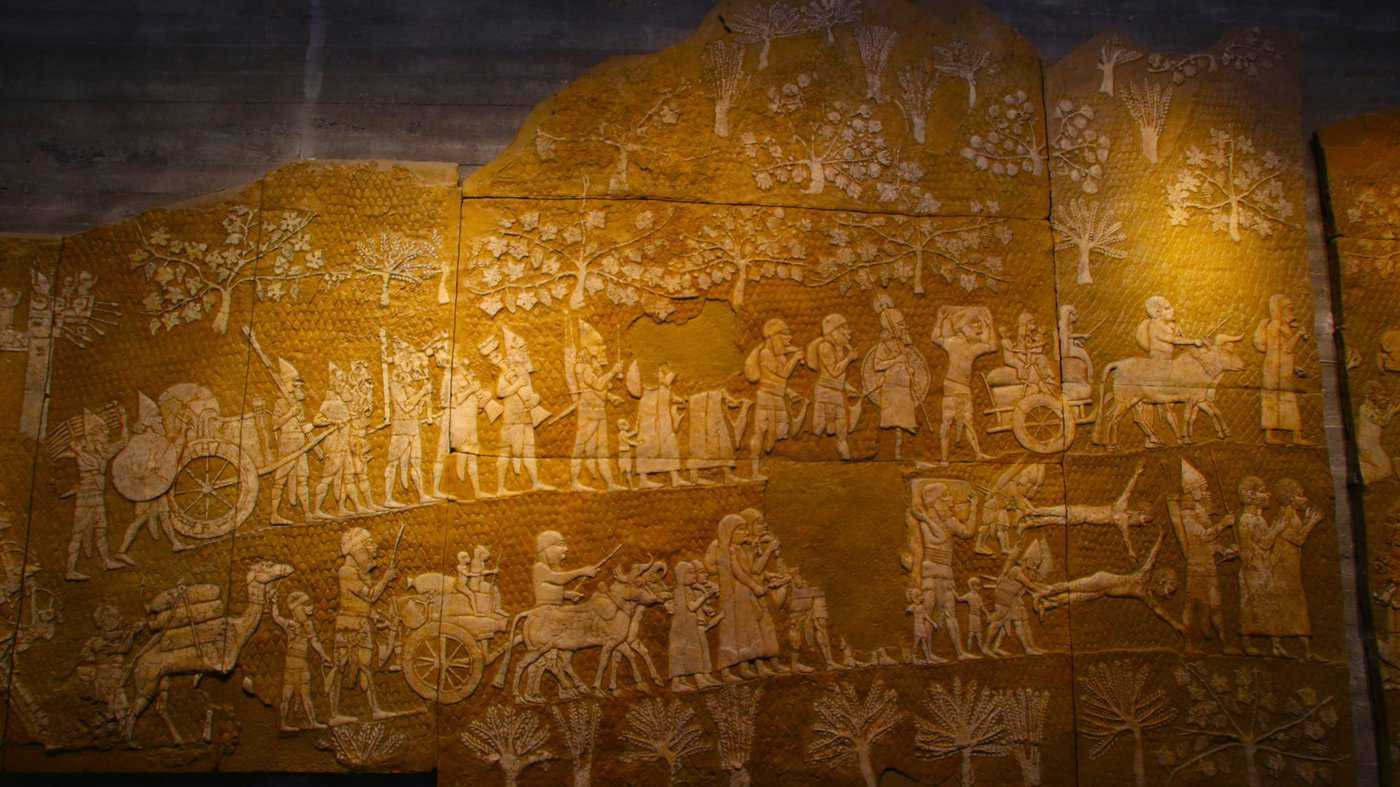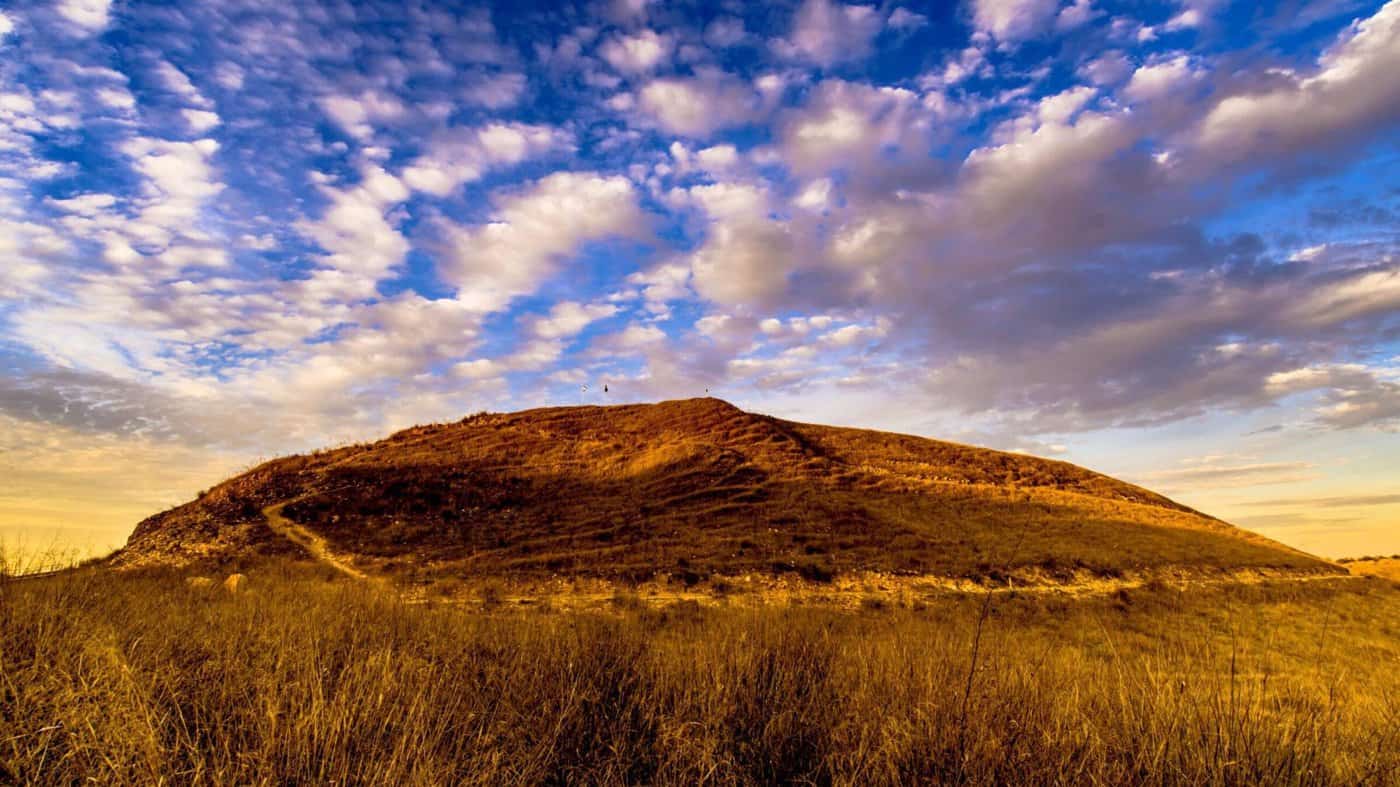The Lachish Reliefs were originally created as part of the Assyrian King Sennacherib’s palace decoration in Nineveh, present-day Iraq. The reliefs vividly portray the siege and capture of the Judean city of Lachish in 701 BCE. This event is also recorded in the Bible, particularly in the books of 2 Kings and Isaiah, which provide historical accounts of the Assyrian conquest.
Israel Museum Tour

Artistic Mastery
The Lachish Reliefs are celebrated not only for their historical significance but also for their artistic excellence. The intricate carvings showcase the prowess of Assyrian artists, depicting scenes of warfare, conquest, and the submission of Lachish’s defenders. The attention to detail in portraying soldiers, siege engines, and captives is awe-inspiring.
Iconic Scenes
The reliefs narrate the events leading up to and during the siege of Lachish. Some of the most iconic scenes include Assyrian soldiers breaching the city walls, the presentation of Judean prisoners, and the victorious Assyrian king receiving tribute. These scenes provide valuable insights into ancient military tactics and the hierarchical structure of the Assyrian court.
Historical Verification
One of the significant aspects of the Lachish Reliefs is their role in confirming the historical accuracy of the biblical accounts of the conquest of Lachish by the Assyrians. The reliefs align with the descriptions found in the biblical texts, adding an extra layer of historical confirmation to the events.
Tel Lachish
Preservation and Relocation
The Lachish Reliefs were discovered in the 19th century during the excavation of Nineveh. Remarkably, they were found largely intact despite the passage of millennia. Today, these impressive stone carvings are housed in the British Museum in London, where they continue to draw visitors and scholars worldwide.
Lachish Archaeological Tour

Legacy and Understanding
Lastly, the Lachish Reliefs serve as a bridge to the past, offering a tangible connection to the ancient world and its military and artistic achievements. They enable us to understand better the dynamics of the Assyrian Empire, the Judean Kingdom, and the historical events that shaped their destinies.
In conclusion, the Lachish Reliefs are an invaluable historical and artistic treasure, providing a visual narrative of an ancient conquest and offering a window into the Assyrian Empire’s skilled craftsmanship and military prowess. So, these reliefs stand as a testament to the enduring power of art and history in preserving the stories of our past.







